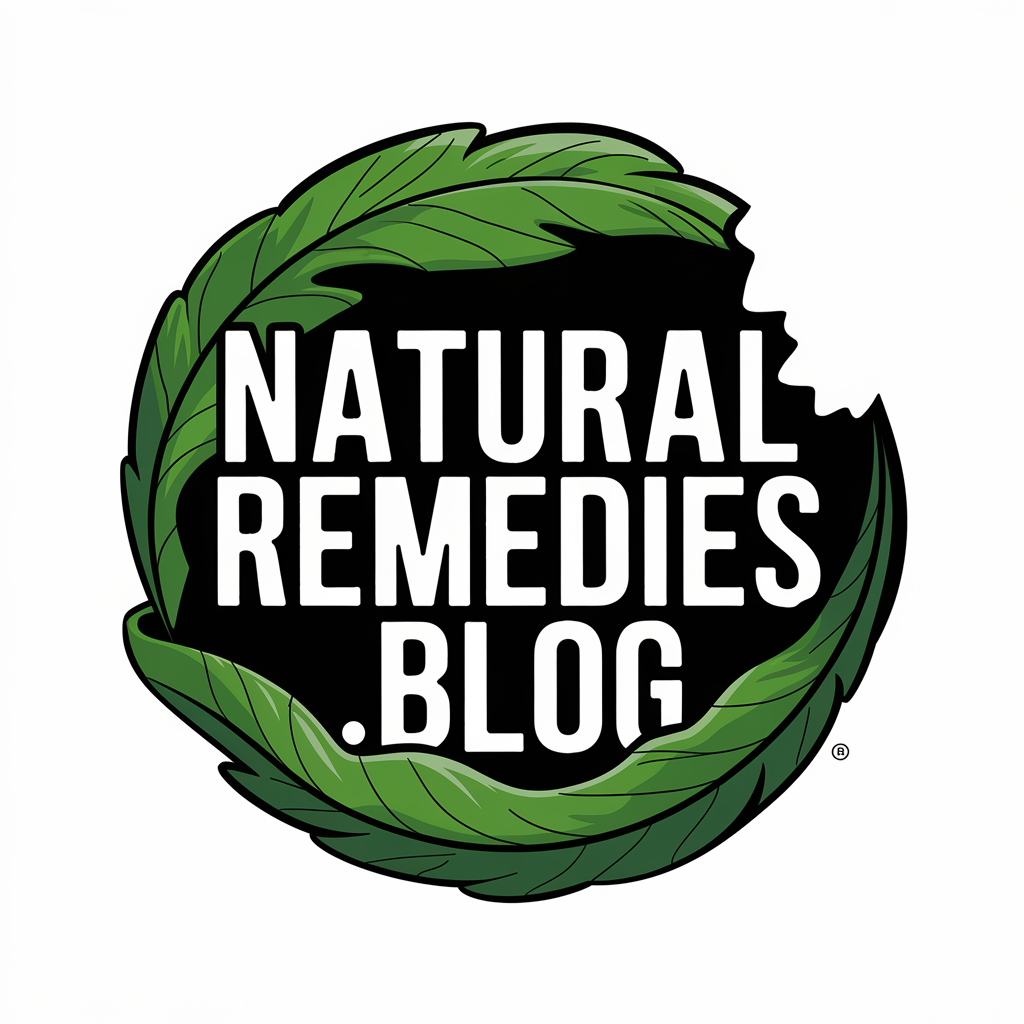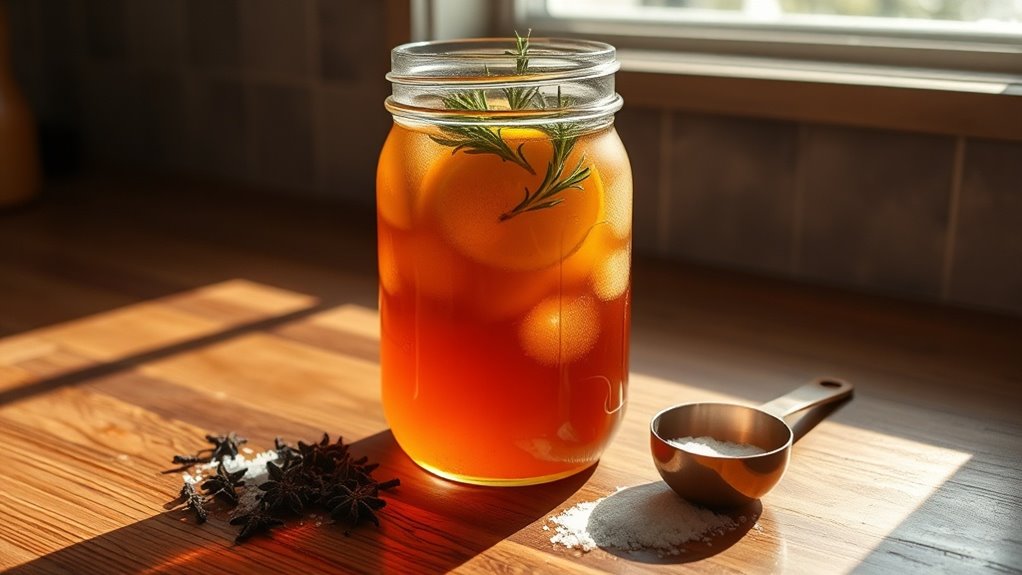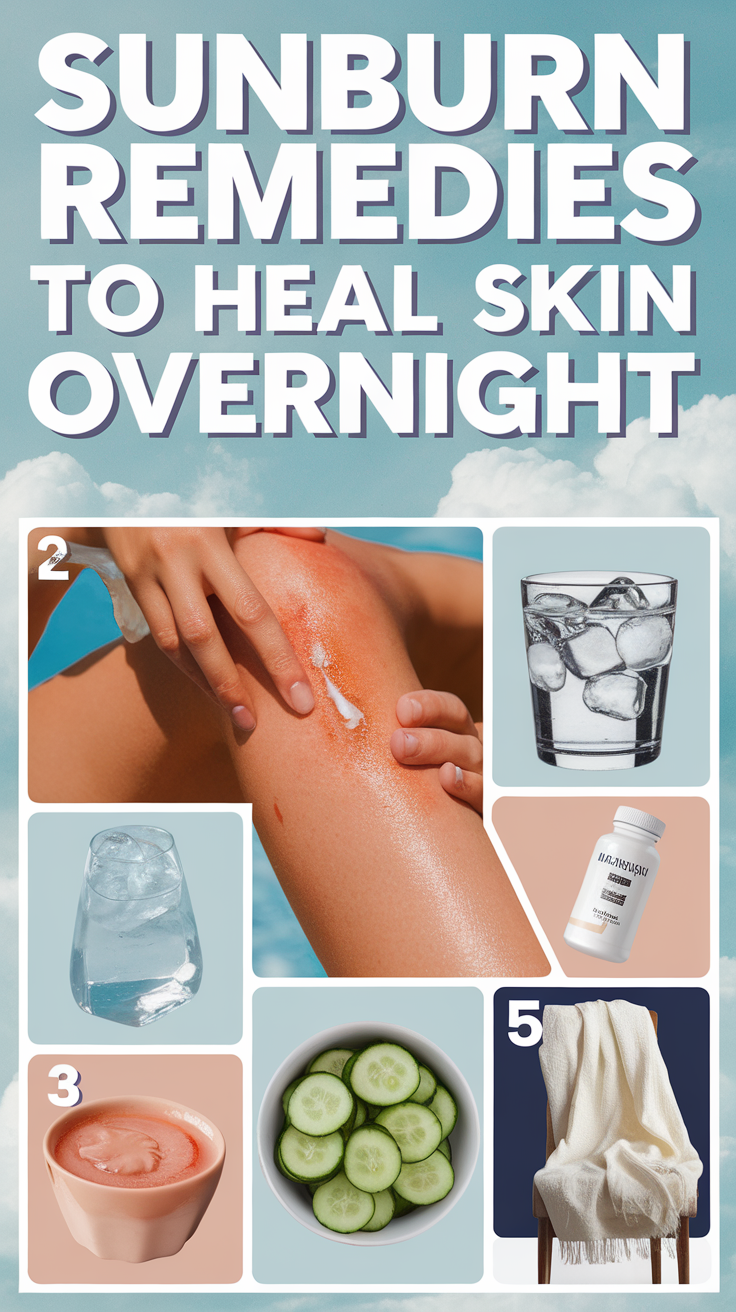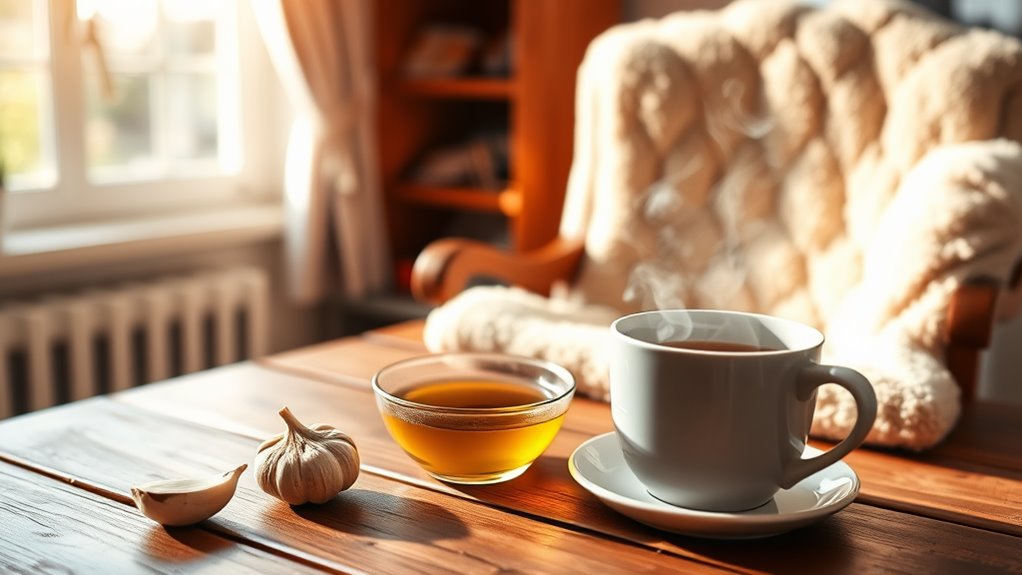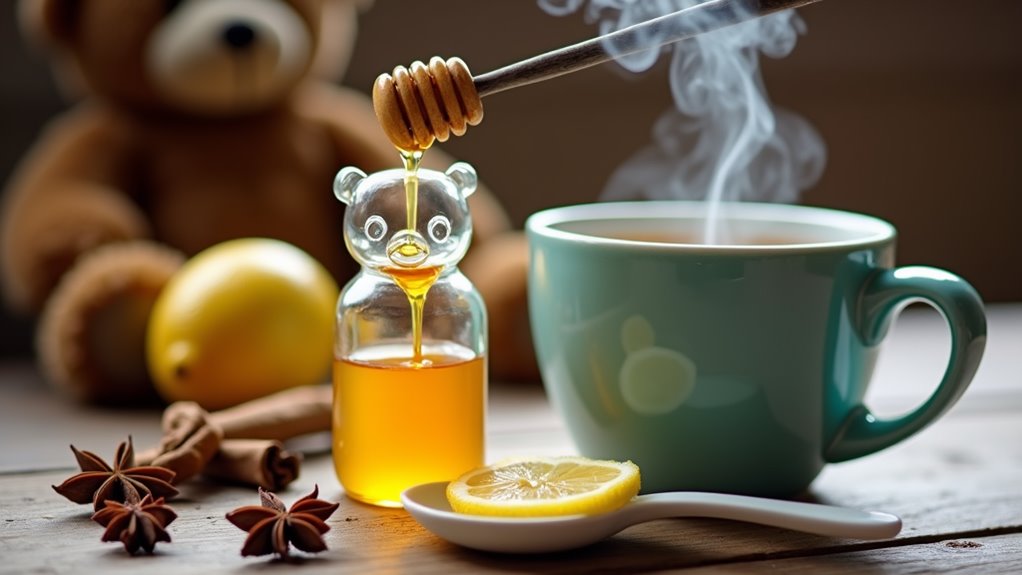DIY Remedy for Fleas in the House That Actually Works
Understanding the Flea Life Cycle and Infestation Signs
Before attempting any DIY flea treatment, you’ll need to understand how these parasites develop and multiply in your home.
Fleas progress through four life stages: egg, larva, pupa, and adult. While adult fleas feed on your pets, they lay eggs that fall into carpets, furniture, and floor cracks.
You’ll notice signs of house fleas when your pets scratch excessively or you spot small, dark insects jumping on surfaces.
Look for “flea dirt” – black specks that turn reddish-brown when wet. These parasites can complete their lifecycle in just 21 days, making swift remedies crucial for effective control.
Essential Tools and Natural Ingredients You’ll Need
Success in battling a flea infestation requires gathering specific tools and natural ingredients before beginning treatment.
You’ll need to assemble these essential items to effectively tackle the problem while avoiding harsh chemicals.
- Fine-toothed flea comb for identifying infestation areas and removing adult fleas
- Vacuum cleaner with HEPA filter and disposal bags
- Food-grade diatomaceous earth for dehydrating fleas
- Spray bottle with diluted apple cider vinegar (1:1 ratio with water)
- Natural citrus oils (lemon, orange) or cedar oil as repellents
These tools and ingredients provide a comprehensive, non-toxic approach to flea elimination when used properly and consistently.
Step-by-Step Home Treatment Process
Treating your home for fleas requires a methodical, multi-step approach to ensure complete elimination.
Begin by vacuuming all floors, furniture, and crevices thoroughly, then immediately dispose of the vacuum bag outside.
Next, sprinkle diatomaceous earth or borax onto carpets, letting it sit for 24-48 hours before vacuuming.
Wash all bedding, including pet beds, in hot water.
Apply natural flea spray to baseboards, window sills, and furniture.
Repeat this process every 3-4 days for three weeks to break the flea life cycle.
Don’t forget to treat your pets simultaneously with appropriate flea medication.
Powerful Homemade Flea Spray Recipe
You’ll need vinegar, lemon juice, and essential oils like lavender or eucalyptus to create an effective natural flea spray that’s safe for indoor use.
To prepare the solution, combine equal parts water and white vinegar in a spray bottle, then add 10 drops each of your chosen essential oils and the juice of one lemon.
Before applying the mixture throughout your home, you should test it on a small, inconspicuous area of fabric or flooring to ensure it won’t cause discoloration or damage.
Essential Ingredients Needed
Making an effective homemade flea spray requires a specific combination of natural ingredients that target fleas at various life stages. You’ll need these essential components to create a potent solution that’s both safe and effective:
- White vinegar (5% acetic acid) – disrupts flea nervous systems
- Fresh lemon juice – contains d-limonene, a natural insecticide
- Water (filtered or distilled) – acts as a carrier base
- Neem oil – prevents flea eggs from hatching
- Tea tree essential oil – toxic to fleas but must be diluted
Always measure ingredients precisely and store the mixture in a dark glass spray bottle.
Mixing The Natural Solution
The precise combination of these natural ingredients requires careful measurement and sequential mixing to ensure maximum effectiveness against fleas.
Pour 2 cups of distilled white vinegar into a clean spray bottle, then add 1 cup of fresh lemon juice.
Mix in 2 tablespoons of witch hazel and 5 drops each of lavender and eucalyptus essential oils.
Secure the spray nozzle and gently shake the solution for 30 seconds to combine all ingredients thoroughly.
Don’t store the mixture for more than two weeks, as the natural components may degrade.
Always label the bottle with contents and date.
Application and Safety Tips
Before applying this potent natural flea solution, it’s essential to conduct a patch test on a small, inconspicuous area of fabric or carpet to prevent potential staining or discoloration.
-
Wear protective gloves and a mask when spraying to avoid skin irritation and inhalation of essential oils.
-
Keep pets and children away from treated areas until completely dry (approximately 2-3 hours).
-
Don’t saturate surfaces – a light, even coating is sufficient.
-
Ventilate the area during and after application by opening windows.
-
Store the remaining solution in a dark glass bottle, away from direct sunlight and heat.
For maximum effectiveness, repeat the treatment every 3-4 days until you’ve eliminated all signs of flea activity.
Prevention Tips to Keep Fleas Away
To prevent fleas from re-infesting your home, you’ll need to implement regular yard maintenance practices, including keeping grass short and treating outdoor areas with natural deterrents like nematodes or diatomaceous earth.
Your pets require consistent grooming routines with flea combs and regular inspection of their fur, especially after outdoor activities.
Washing pet bedding weekly in hot water and vacuuming frequently will help maintain a flea-free environment while reducing the likelihood of future infestations.
Natural Yard Pest Control
Prevention starts with maintaining a flea-resistant outdoor environment, since most household infestations originate from yards and gardens.
To protect your outdoor spaces naturally, implement these proven control measures:
- Apply food-grade diatomaceous earth around the perimeter of your home and in sandy areas where fleas breed
- Keep grass trimmed to less than 3 inches and remove leaf litter regularly
- Install cedar mulch in garden beds – fleas avoid the natural oils
- Plant pest-deterrent herbs like lavender, mint, and rosemary throughout your yard
- Encourage natural flea predators like beneficial nematodes and ladybugs
These chemical-free methods create an inhospitable environment for fleas while maintaining ecological balance.
Pet Grooming Best Practices
Regular grooming serves as your first line of defense against flea infestations in pets. Brush your dog or cat daily with a metal flea comb to detect and remove fleas before they establish colonies. Pay special attention to the neck, base of tail, and underbelly areas where fleas commonly gather.
Bathe your pets every 2-4 weeks using veterinarian-approved flea shampoo. Don’t skip behind the ears and between toe pads.
After bathing, inspect your pet’s skin for signs of flea dirt (black specks) or irritation. Maintain a consistent grooming schedule, as gaps in routine can allow flea populations to surge.
Treating Your Pets and Their Living Areas
Since pets are the primary hosts for fleas, treating them and their living spaces must be your first priority in flea control. Focus on their bedding areas, favorite resting spots, and any carpeted surfaces they frequently occupy.
-
Wash all pet bedding in hot water (130°F minimum) to kill fleas and their eggs.
-
Vacuum thoroughly around pet areas, immediately disposing of the vacuum contents.
-
Apply pet-safe flea powder or spray to your pet’s bedding and resting areas.
-
Create a barrier using food-grade diatomaceous earth around pet spaces.
-
Monitor and repeat treatments every 2-3 days until fleas are eliminated.
Before using any treatments, consult your veterinarian to ensure they’re safe for your specific pets.
When to Combine DIY Methods With Professional Help
Despite having tried various DIY flea control methods, you may need professional pest control services if your infestation persists or worsens after 2-3 weeks of consistent treatment.
Contact a licensed pest control expert if you notice fleas resurging in multiple rooms, continuing pet discomfort, or bites on family members.
Professional intervention becomes crucial when DIY methods can’t reach hidden breeding sites in wall voids, crawl spaces, or HVAC systems.
You’ll also want expert help if you’re dealing with secondary pest problems or if family members have severe allergic reactions to flea bites.
Professionals can implement targeted treatments while ensuring your family’s safety.
